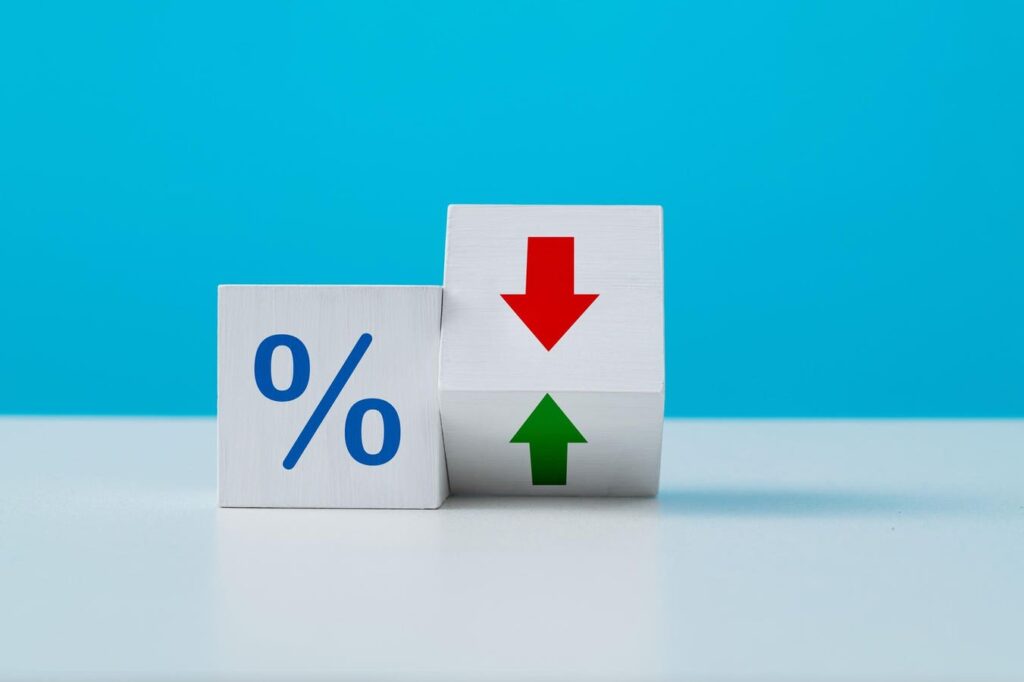Dynamic pricing, a model that was once primarily associated with the airlines and hotel industries, has expanded into various sectors such as retail, ride-sharing, entertainment, and subscription services. This innovative pricing strategy dynamically adjusts based on real-time market conditions, employing advanced algorithms to respond to fluctuations in consumer demand, supply, and behavioral patterns. Machine learning plays a critical role in this approach by allowing businesses to analyze numerous factors, including customer habits, competitor pricing, and inventory levels, facilitating quick reactions to market changes. Although dynamic pricing can enhance revenue and competitiveness for businesses, it also invokes discussions about fairness, particularly when prices surge during peak demand periods. It is crucial for companies to strive for a balance between profit-maximization and fairness to sustain customer trust.
One of the sectors where dynamic pricing has transformed operations is entertainment, particularly evident in companies like Disney. Here, ticket prices vary based on anticipated demand, with notable spikes during peak seasons like holidays and weekends. This model not only aims to smooth attendance patterns but also seeks to maximize revenue, thereby improving guest experiences by minimizing overcrowding during peak times. According to this pricing model, adjusting prices dynamically allows Disney to better allocate its resources, from staffing to amenities, which enhances operational efficiency even as visitor numbers fluctuate. Additionally, it provides budget-conscious consumers an opportunity to visit during off-peak periods, making the parks more accessible while still ensuring overall profitability.
In the fast fashion industry, Zara exemplifies the use of dynamic pricing for effective inventory management. The retailer utilizes real-time data analysis to adjust prices based on several parameters, including demand levels, stock availability, and geographic disparities. This flexibility allows Zara to increase prices for items with high demand and decrease prices for slower-moving stock. By closely monitoring sales performance and customer behavior, Zara achieves high turnover rates without relying heavily on extensive sales or markdowns. Zara’s strategy also considers geographic price variations to stay competitive globally, and the integration of its online and physical sales channels helps fine-tune its pricing strategy further, optimizing inventory movement across platforms.
Creating an effective dynamic pricing strategy requires careful planning and a robust understanding of the company’s market and its customer segments. Companies need to analyze consumer behaviors, demand patterns, and the competitive landscape to set appropriate pricing strategies that meet diverse customer needs. Leveraging data analytics and artificial intelligence is key to facilitating real-time data collection and employing machine learning algorithms that allow for predictive pricing adjustments. Companies must also establish clear pricing rules that align with customer expectations, especially during periods of high demand. Real-time competitor price monitoring and experimentation, such as A/B testing, can also significantly enhance dynamic pricing models, ensuring businesses remain adaptive and competitive.
Transparency in dynamic pricing is essential for building and maintaining customer trust. When consumers understand the rationale behind price changes, they are likely to feel more secure in their purchasing decisions and remain loyal to the brand. Companies can foster transparency by clearly communicating how dynamic pricing operates and what benefits it entails, such as better resource allocation and improved availability of services during peak times. This information can be disseminated through blog posts, FAQs, and in-app tutorials, which help clarify the dynamics of price fluctuation. Regularly reassessing and fine-tuning the dynamic pricing strategy in response to market shifts is vital for keeping the pricing model fair, relevant, and effective for both businesses and customers.
In discussing dynamic pricing, it is equally important to address the ethical implications associated with this strategy. While effective for bolstering profits, companies must remain vigilant about ensuring their approaches do not place consumers at a disadvantage, especially in sensitive scenarios such as natural disasters or emergencies. To mitigate negative backlash and uphold a positive brand image, businesses should consider implementing ethical guidelines such as capping price increases in critical situations. Engaging in ongoing dialogues about the ethical dimensions of dynamic pricing will not only benefit the company’s reputation but also help in maintaining equitable consumer relations. Balancing profitability with ethical considerations will ultimately be crucial as dynamic pricing continues to spread across various industries.

